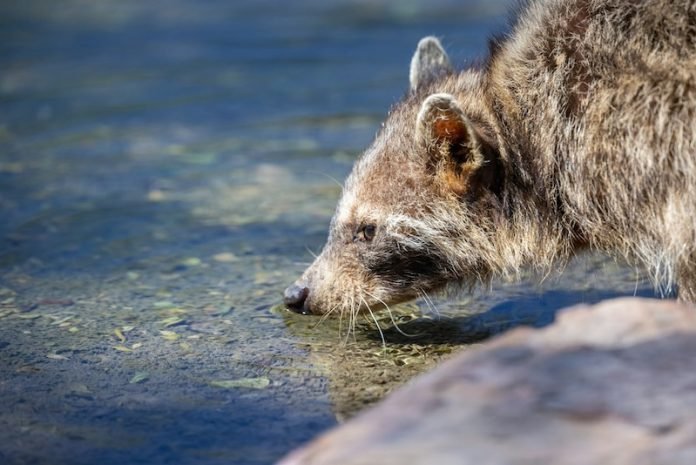
In a remarkable turn of events, the elusive world of beaked whales, particularly known for their preference for deep-sea habitats, has been brought into closer view thanks to pioneering research led by whale biologists Olga Filatova and Ivan Fedutin from the University of Southern Denmark/Fjord&Bælt.
Their study, focusing on a population of Baird’s beaked whales near the Commander Islands, reveals these creatures venturing closer to the coast and into shallower waters than previously documented, challenging long-standing perceptions about their deep-sea dwelling nature.
Historically, beaked whales, with 24 identified species, have been notoriously difficult to study due to their remote and deep-sea habitats.
The record for the deepest dive among mammals is held by a Cuvier’s beaked whale, plunging to depths of at least 2992 meters, while another beaked whale boasts the longest mammalian dive at 222 minutes.
However, Filatova and Fedutin’s discovery of Baird’s beaked whales frequenting shallower, coastal areas off the Commander Islands offers a new window into the diverse lifestyles within this group.
Initially spotted during a 2008 expedition aimed at observing killer and humpback whales, the Baird’s beaked whales were initially noted but not immediately studied in depth.
Over subsequent years, consistent sightings of this group led to the realization of a stable community habitually visiting the same coastal areas.
The observations, spanning until 2020, were hindered by the global COVID-19 pandemic, marking an abrupt pause to this intriguing discovery journey.
The significance of Baird’s beaked whales, typically found in deeper oceanic waters, frequenting coastal zones within four kilometers of land and in depths less than 300 meters, cannot be overstated.
This behavior suggests a possible adaptation to the unique habitat around the Commander Islands, illustrating the species’ flexibility and challenging the notion that beaked whales exclusively inhabit deep-sea environments.
Filatova emphasizes the importance of recognizing individual and group variations within species for effective conservation planning.
The assumption that beaked whales solely occupy deep-sea realms is now proven inaccurate, indicating that protection measures must account for their presence in coastal and shallow waters as well.
The phenomenon of cultural traditions among whales, where specific groups develop unique hunting techniques, migratory patterns, or even dialects, underscores the complexity of social learning within these marine communities.
The Baird’s beaked whales at the Commander Islands appear to adopt “local enhancement” as a form of social learning, with peers following each other to new, resource-rich environments near the coast, thereby establishing a cultural tradition within this group.
This study not only sheds light on the previously unseen behaviors of Baird’s beaked whales but also contributes to our understanding of the rich tapestry of social and cultural practices in the animal kingdom.
By observing a total of 186 individuals between 2008 and 2019, with a clear distinction between transient and resident whales, Filatova and Fedutin offer compelling evidence of how social interactions can lead to the adoption of new habitats and behaviors, even among transient members of the species.
This groundbreaking research opens up new avenues for the study and conservation of beaked whales, providing a deeper understanding of their complex social structures and habitat preferences.
As the global community continues to explore the mysteries of the ocean’s depths, the insights gleaned from the Baird’s beaked whales of the Commander Islands stand as a testament to the ever-evolving nature of scientific discovery in the marine world.
The research findings can be found in Animal Behaviour.
Copyright © 2024 Knowridge Science Report. All rights reserved.



